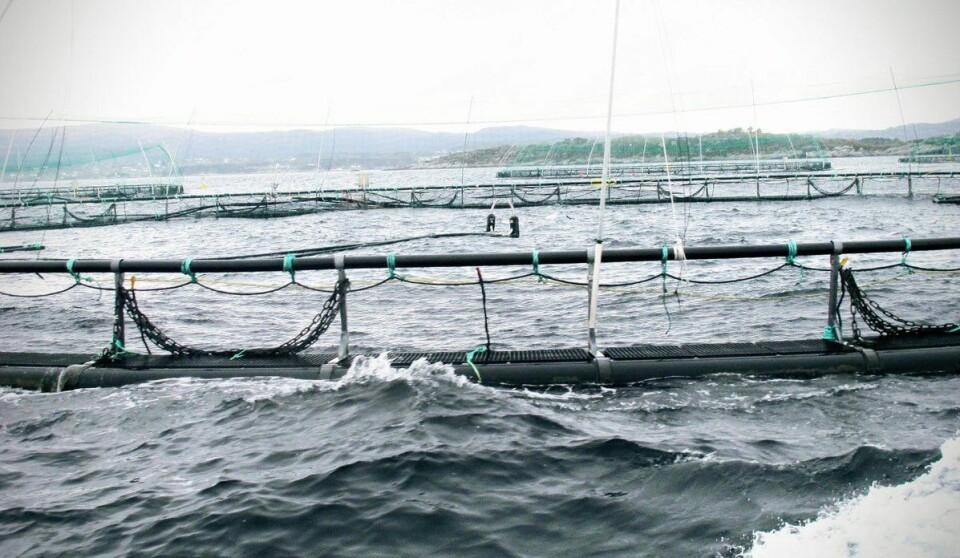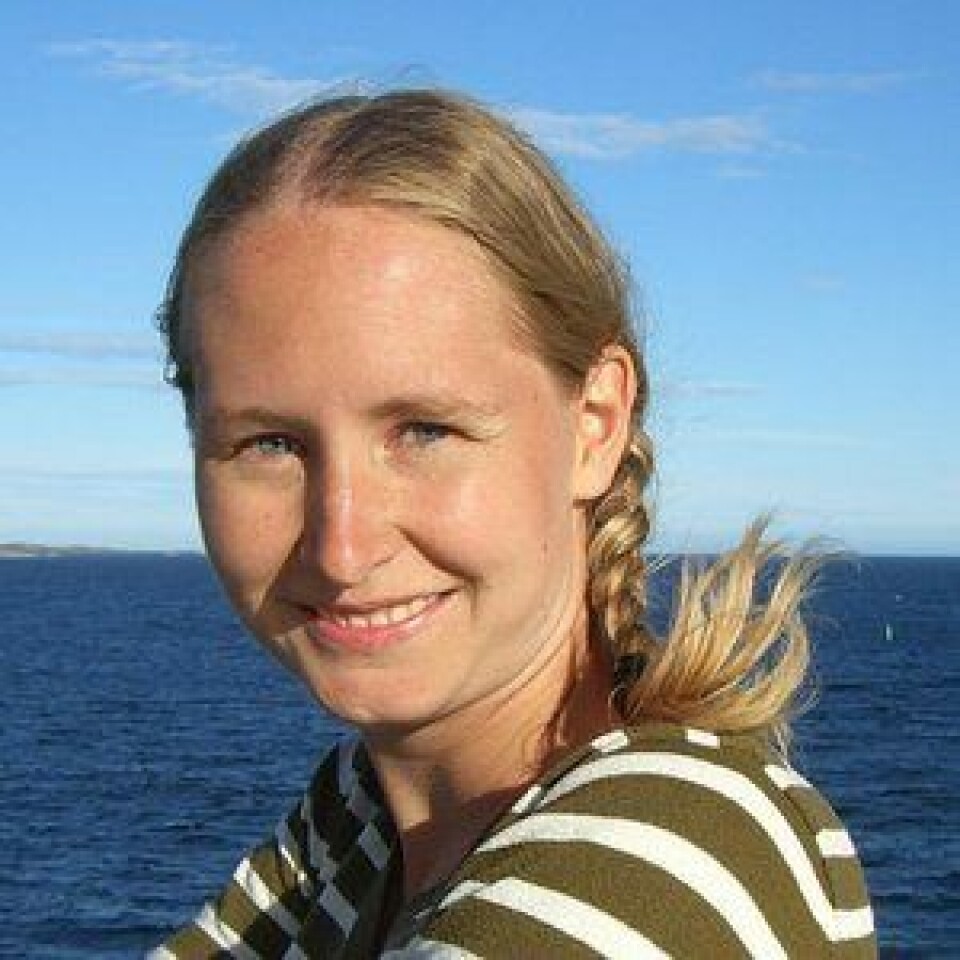
Wind and current ‘decisive’ for salmon lice spread
Wind and current are decisive in determining the number of lice on wild salmon when production of farmed salmon increases, according to new research from Norway.
Scientists from the Institute of Marine Research (IMR) used the IMR’s own salmon lice model for the first time for the study.
Although farmed fish generally have few lice, there is a large release of lice larvae from the fish farms in the fjords and along the coast, they say.
Traffic light system
“The lice larvae hatch from adult female lice that are attached to the farmed fish. Then they drive with the current until they are big enough to attach themselves to salmonids. How far they spread from the facilities depends on wind and current,” explains marine scientist Mari Myksvoll in an article on the IMR website.
“We have analysed what happens to the number of lice on wild fish if the production of salmon and thus the emissions of lice increase.”
The researchers have taken as their starting point the 13 production areas into which Norway’s Ministry of Trade and Industry has divided the Norwegian coast. These are used to regulate the aquaculture industry through the ‘traffic light system’, which is based on the number of salmon lice found on wild salmonids.
Same numbers, different impacts
“The authorities have decided that areas that end up in the green category, i.e. that they have little problem with salmon lice, can increase production by 6%,” said Myksvoll, a physical oceanographer.
She has investigated what such an increase will mean in practice in one of the areas that became green in the last assessment.
The results show that an area that falls into the green category may fall into the yellow category another year due to wind and current, even if the release of salmon lice larvae is the same.
“In area 7, Nord-Trøndelag with Bindal, the model shows that production can be increased 7-8 times in some wind and current conditions, and still be in the green category. Each increase in the model is 6%,” she says.
But under other wind conditions, the situation is different - and it is not given which wind direction is best, it depends on the wild salmon’s choice of path from river to sea.
In the period when the salmon smolts swim out to sea, in half of the last 15 years there has been wind from the north east in production area 7, while in the other years there has been wind from the south west.
Migration routes
“Wind from the north east in 2016 meant that the coastal water and thus also the salmon lice were pushed out from the coast,” Myksvoll says.
Thus, the lice were spread over a larger area. This gives greater overlap with the migration routes to salmon smolts. At the same time, the concentration of lice is lower.
In 2018, the situation was different.
“Then there was a strong wind from the south west during the smolt migration. It ‘pushed’ the coastal water, and thus the salmon lice, towards the coast. This meant that the lice accumulated near the coast, and the concentration of lice became very high within a small area,” she explains.
For the smolts, both situations can be risky, says the scientist.
“If the smolts manage to avoid the area with high infection pressure, then things will also go well this year with winds from the south west. But there is uncertainty about which way the smolts will swim to get out to sea. And in such years, migration trails near the coast will entail a significant risk of high infestation of lice.”
It is not just wind and current that scientists must be aware of; they must also know where the salmon smolts are and how many lice there are in the fjord.

Virtual smolts
“To know where the fish are, we use virtual smolts. In this experiment, the smolt ‘swims’ out of the Namsen River and the shortest way out to the open sea. We put this route over the results that show where the lice are. Then we see where smolts and lice meet, this is what is critical for smolts,” Myksvoll explains.
To know how many lice there are in the fjord, the researchers use virtual smolt cages - they simulate how many lice each fish gets under given conditions.
The new study shows that it is necessary to use both methods when assessing salmon lice-induced mortality in an entire production area, researchers say.
Straight to sea
“We see that it is best to use both of these two methods at the same time - they complement each other so that the uncertainty in the individual method is reduced,” Myksvoll explains.
The results clearly show that the smolts avoid most of the salmon lice inland if they swim straight out to sea. All the migration routes that go closer to the coast entail much higher infection pressure.
“This makes it important to place the infection pressure maps next to the migration routes (see figure). In this case, the results from the virtual smolt model will considerably underestimate the risk of mortality, while in other cases it may be the opposite.”
Myksvoll is lead author of the paper Impact of variable physical conditions and future increased aquaculture production on lice infestation pressure and its sustainability in Norway (Aquaculture Environment Interactions, 12, 193-204). Read the abstract here.























































